The interest in housing in Europe is steadily growing. Countries with high legal protection and stable economies regularly come into the focus of foreign investors. The question of whether a foreigner can buy property in the Netherlands is becoming more common, especially among non-residents looking for a place to live, rent or invest.
Is it possible for a foreigner to buy real estate in the Netherlands: the legal basis
Before making a transaction, it is important to clearly understand that the country’s legislation does not impose strict restrictions. The answer to the question of whether it is possible for a foreigner to buy property in the Netherlands is yes. The transaction is allowed for both EU citizens and residents of other countries.
Differences:
EU citizens execute the transaction according to the standard procedure.
Non-residents with non-EU citizenship participate under the same conditions, but with additional requirements for verifying the source of funds and sometimes for visa status.
The restrictions do not apply to the purchase itself, but to certain categories of real estate, for example, some municipal programs or a social fund.
What you can buy: objects, types, format of property
 The Netherlands offers a variety of segments. Housing is available for personal ownership without land lease or temporary rights. A foreigner acquires an object with the right of full registration in the cadastre.
The Netherlands offers a variety of segments. Housing is available for personal ownership without land lease or temporary rights. A foreigner acquires an object with the right of full registration in the cadastre.
Popular places:
- A city apartment.
- A house in the suburbs.
- Apartments in new residential complexes.
- Land for building.
- A buy-to-let facility.
Is it possible for a foreigner to buy a house in the Netherlands? Yes. You can purchase a private property, a townhouse, a villa. The country does not require local registration to complete the transaction.
Transaction features: step-by-step algorithm
The purchase process is subject to general rules and does not require a special status. The transaction is accompanied by a notary, the object is registered in the state register, and the contract sets out the terms of the transfer of rights.
The sequence of actions:
Choosing an object and offering a price.
Signing of a preliminary agreement.
Making a deposit (usually 10%).
Legal review of the facility.
Preparation and signing of the basic contract with a notary.
Transfer of ownership and registration.
This procedure for buying real estate in the Netherlands for foreigners follows a transparent, proven algorithm and protects both sides.
Is it possible for a foreigner to buy real estate in the Netherlands on credit or mortgage?
Banks provide loans to non-residents, but under enhanced conditions. The main requirement is a stable income, a transparent source of funds, and a proven financial history.
Key conditions:
- Down payment: from 30%.
- Rate: higher by 1-1.5% compared to residents.
- Term: up to 30 years.
- Collateral: the property itself.
- Additional guarantees: surety, deposit.
Is it possible to buy a property in the Netherlands for a foreigner with a mortgage? Yes, but you will have to take into account higher costs and efforts to collect documents.
Cost list: what makes up the final amount
Any transaction requires not only the price of the object, but also the calculation of all related costs. Transparency is a key principle in the market.
Cost list:
The cost of the facility is by agreement of the parties.
Notary services — 1000-2500 euros.
Registration of the right — 100-200 euros.
The purchase tax is 2% for individuals, 8% for investments.
Agent’s services — 1-2% of the transaction amount.
Bank fees depend on the buyer’s country of origin.
Translations and assurances — from 200 euros, depending on the language and volume.
Restrictions for foreigners when buying property in the Netherlands
There are no formal prohibitions. But there are indirect restrictions that affect the choice and procedure.:
- Access to social real estate is limited.
- In some areas, there is a purchase priority for local residents.
- Financial verification is more stringent when capital originates from outside the EU.
- Difficulties in buying through offshore structures.
If the laws are followed and the transaction is clearly documented, there are no restrictions for foreigners.
Documents: complete set, translation, verification of compliance
In order to confirm the validity of the purchase, the buyer must collect an exhaustive package of documents. The law requires absolute transparency of the transaction. Even the best facilities lose their liquidity if the buyer is missing one of the critical points. A notary performs not only a technical but also a legal function. Verification concerns the identity of the buyer, the source of funds, and the property status of the facility. All documents must be submitted at least 3-5 business days before signing the main agreement. Any foreign document is accompanied by a translation into English or Dutch. The translation must be certified by a certified specialist (beëdigd vertaler). A simple certificate without a signature and seal does not work.
List of documents:
A foreign passport with an up-to-date visa or entry stamp.
Confirmation of the address of residence in the country of origin — utility bill, bank letter.
The source of funds declaration is a detailed description of the origin of capital, especially for amounts above 100,000 euros.
Income statement or tax return for the last 2 years.
A bank statement showing the movement of funds for 6 months.
The taxpayer’s INN or registration number (if it operates in the EU).
A written power of attorney, if the transaction is represented by an agent or attorney.
A mortgage agreement, if a loan is used.
Preliminary purchase agreement (if signed earlier).
Risks of incomplete documentation:
- Blocking the transaction.
- Notification to Financial Control.
- Freezing of funds on the account.
- Refusal to register ownership rights.
All forms are checked before the transfer of the advance payment. In case of doubt, the notary notifies the financial authorities.
The issue of taxes: fixed fees, estimates, income
The taxation system for the purchase of real estate includes several levels — federal, municipal and revenue. Is it possible to buy a property in the Netherlands for a foreigner without paying taxes? No. Any purchase is recorded in the tax base, regardless of nationality.
Property purchase tax
The fee is paid once upon transfer of ownership. The bid depends on the status of the buyer and the purpose of the purchase.:
- 2% — if the property is purchased as a primary residence;
- 8% — when buying for investment purposes or if there is no registration in the country.
The amount is paid to the notary’s account before signing the contract.
Annual Property Tax (WOZ)
The municipality calculates the tax based on the cadastral value of the property. The calculation is updated annually, taking into account market adjustments. Average rate: 0.04%-0.12% of the cost of the property. Example: an apartment worth 400,000 euros obliges the owner to pay 400-1200 euros annually.
Municipal fees
Monthly fees include area maintenance, garbage collection, sanitation, water supply, and local services. The average range is 40-90 euros per month.
Tax on rental income
If the property is rented out, the income is declared. The rate depends on the form of ownership:
- An individual is subject to the Box 3 category (asset tax).
- Company — is taxed as corporate income.
The percentage varies from 1.2% to 1.7% of the property’s value, depending on the ownership structure and rental rate.
Double taxation
If there is an agreement between the Netherlands and the country of citizenship, it is possible to offset the taxes paid. Most EU countries, as well as the United Kingdom, the United States, Switzerland and Canada have such an agreement.
Is it possible to buy a property in the Netherlands for a foreigner — resume
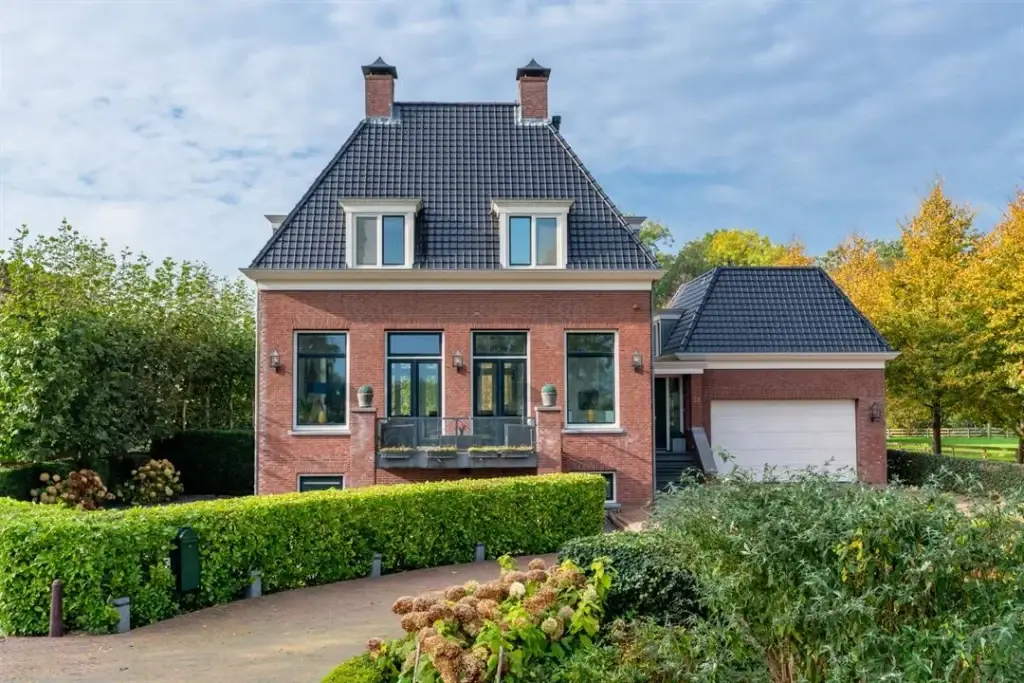 Is it possible to buy a property in the Netherlands for a foreigner: the rules remain one of the most transparent in Europe. The transaction is possible without restrictions on citizenship, and the procedure itself protects the rights of a non-resident. It is important to comply with the requirements for documents, take into account taxes and plan all expenses in advance.
Is it possible to buy a property in the Netherlands for a foreigner: the rules remain one of the most transparent in Europe. The transaction is possible without restrictions on citizenship, and the procedure itself protects the rights of a non-resident. It is important to comply with the requirements for documents, take into account taxes and plan all expenses in advance.

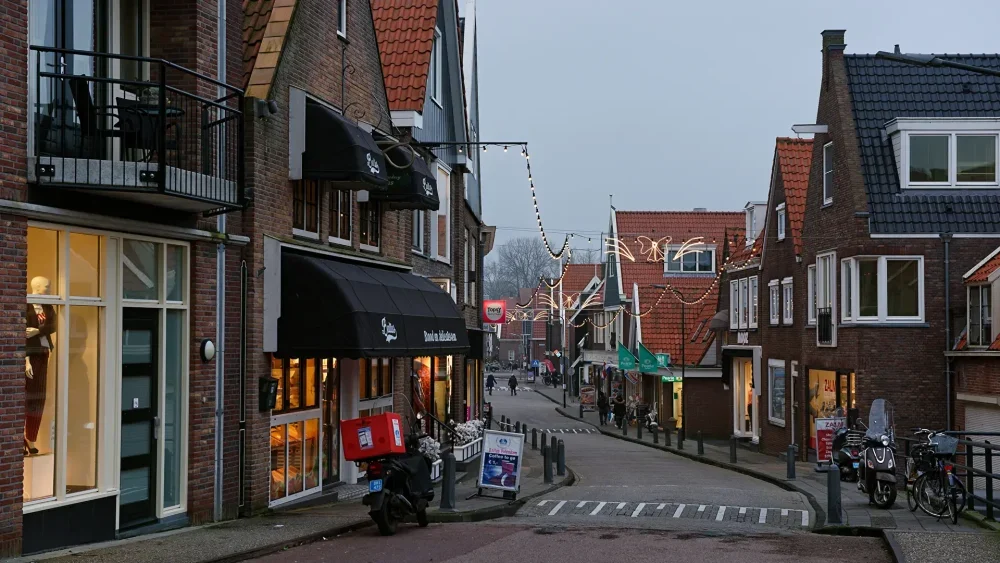
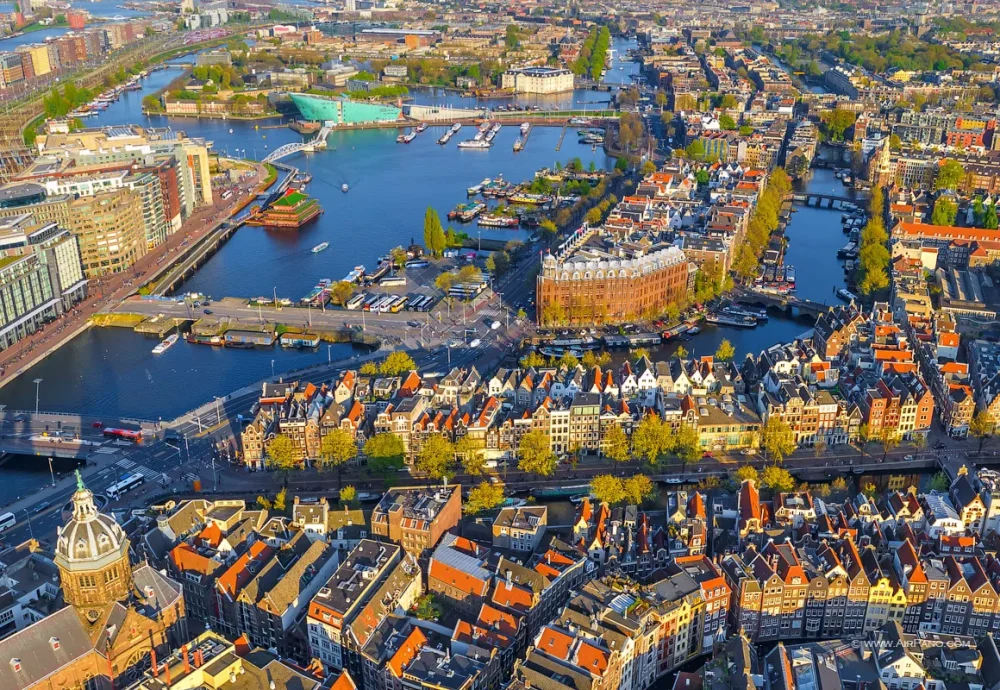
 The rights granted by each status vary greatly in their depth, and this is especially noticeable in practice. The differences between a residence permit and permanent residence are most obvious in the field of employment and social life.
The rights granted by each status vary greatly in their depth, and this is especially noticeable in practice. The differences between a residence permit and permanent residence are most obvious in the field of employment and social life.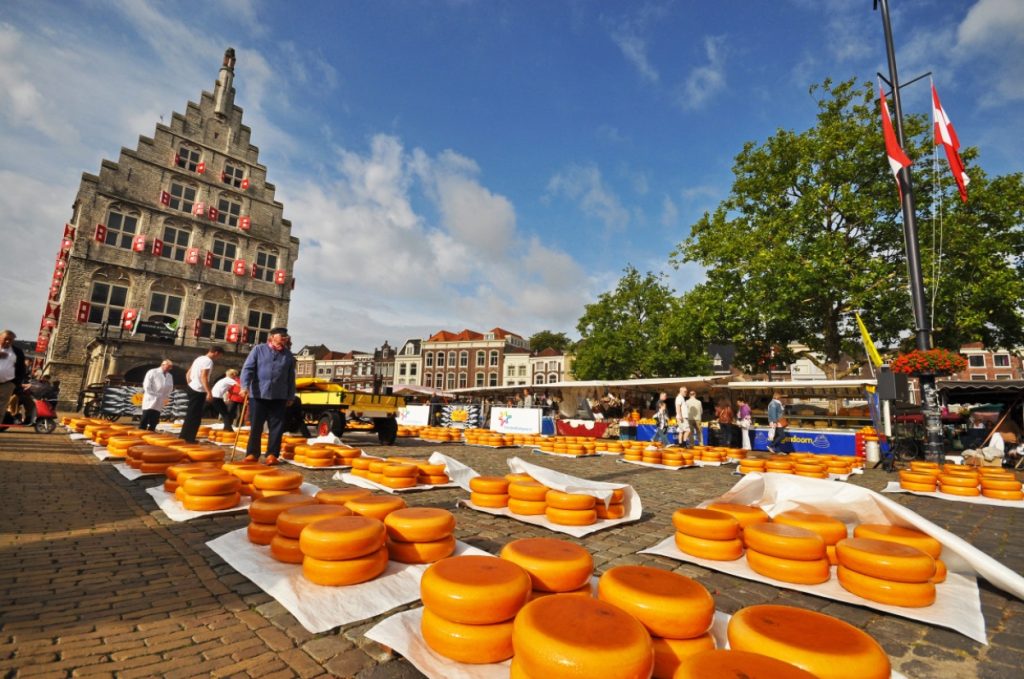 The differences between a residence permit and permanent residence lie much deeper than just the validity period of the document. They determine how a person will live in a new country: temporarily, with constant consideration for conditions and restrictions, or stably, with broad prospects for the future. Making a conscious choice between these two statuses is not just a bureaucratic procedure, but a strategic decision that will affect every aspect of your life abroad.
The differences between a residence permit and permanent residence lie much deeper than just the validity period of the document. They determine how a person will live in a new country: temporarily, with constant consideration for conditions and restrictions, or stably, with broad prospects for the future. Making a conscious choice between these two statuses is not just a bureaucratic procedure, but a strategic decision that will affect every aspect of your life abroad.
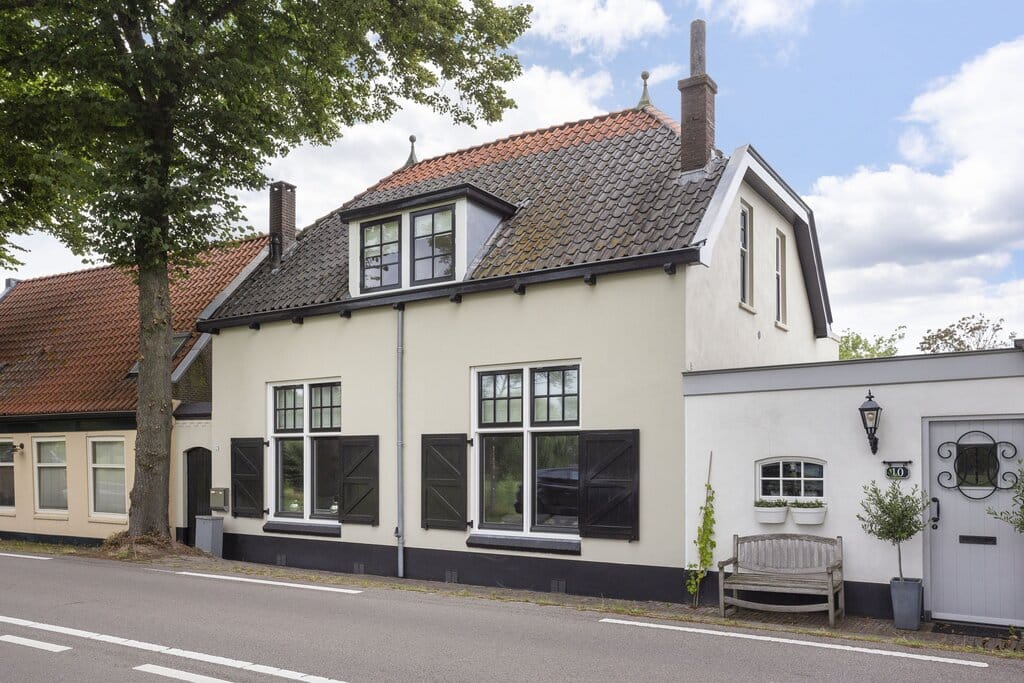 The Netherlands represents one of the most stable and progressive commercial property markets in Europe. The combination of economic stability, affordable tax policies and high rental yields make this country one of the market leaders for foreign investors.
The Netherlands represents one of the most stable and progressive commercial property markets in Europe. The combination of economic stability, affordable tax policies and high rental yields make this country one of the market leaders for foreign investors.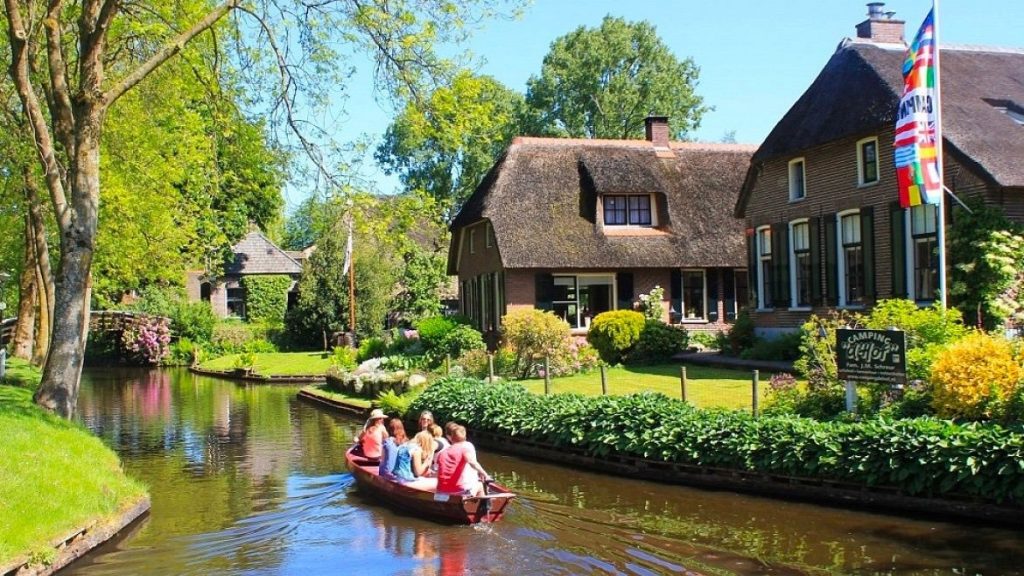 Investing in overseas commercial property offers a wide range of benefits. It not only stabilises the investment portfolio, but also protects the capital from instability in the home market. The Netherlands, as one of the leading European markets, provides favourable conditions for long-term investments, ensuring high returns and asset security. Investors who choose to invest in commercial property abroad have the opportunity not only to earn money, but also to protect their funds from risks associated with market fluctuations and currency instability.
Investing in overseas commercial property offers a wide range of benefits. It not only stabilises the investment portfolio, but also protects the capital from instability in the home market. The Netherlands, as one of the leading European markets, provides favourable conditions for long-term investments, ensuring high returns and asset security. Investors who choose to invest in commercial property abroad have the opportunity not only to earn money, but also to protect their funds from risks associated with market fluctuations and currency instability.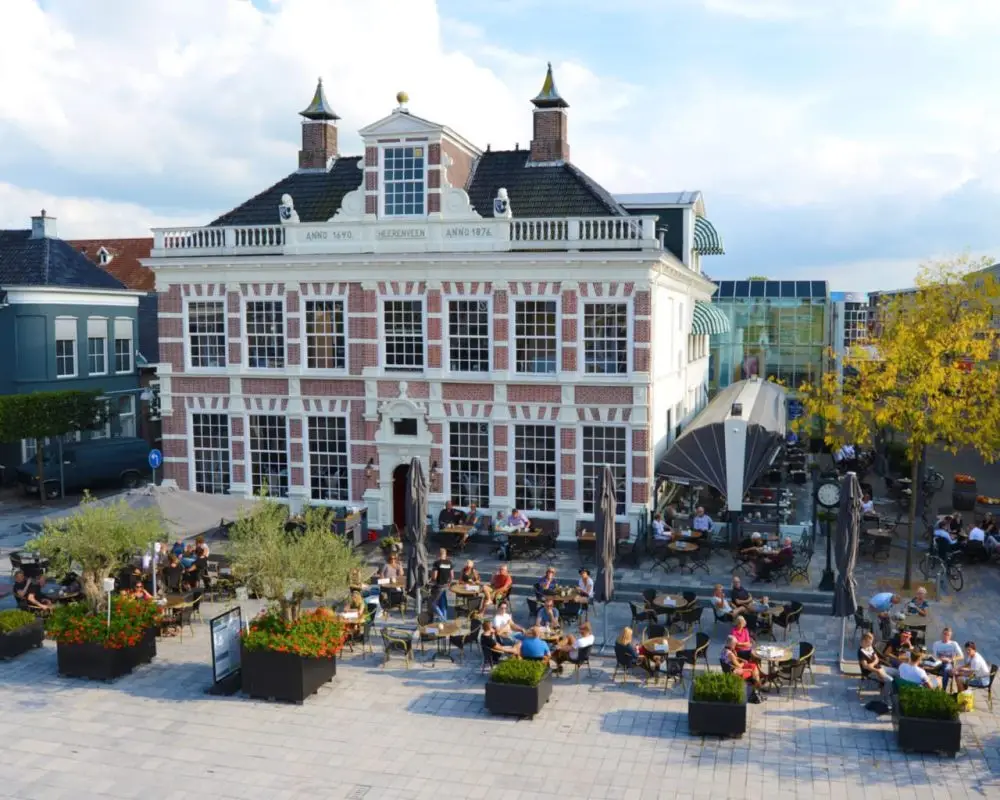
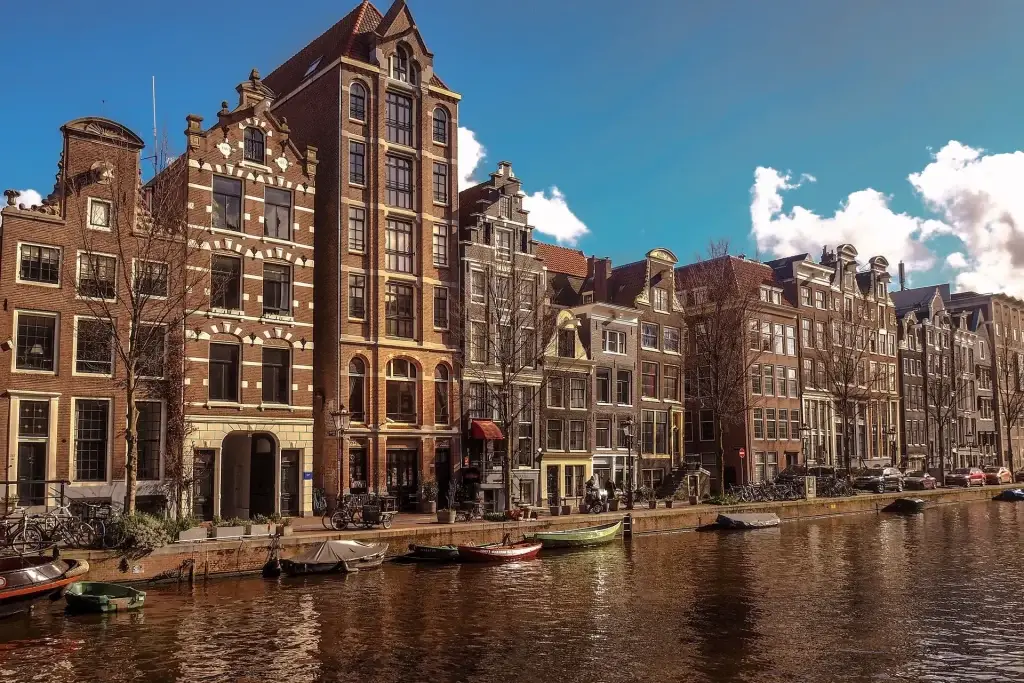 Heerenveen is not only a sporting symbol of the Netherlands, but also a city with a well-developed infrastructure and a balanced price policy. The cost per square metre is kept at around €2,400, while the city administration continues to invest in roads, digital infrastructure and support for small businesses. Sporting events and academies provide a steady stream of temporary tenants, while logistics companies are developing warehouse properties within the city limits.
Heerenveen is not only a sporting symbol of the Netherlands, but also a city with a well-developed infrastructure and a balanced price policy. The cost per square metre is kept at around €2,400, while the city administration continues to invest in roads, digital infrastructure and support for small businesses. Sporting events and academies provide a steady stream of temporary tenants, while logistics companies are developing warehouse properties within the city limits.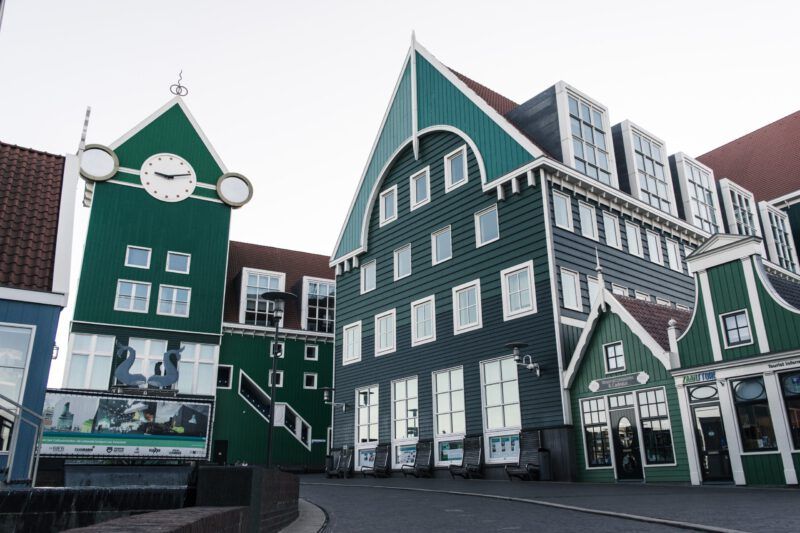 Dutch cities with cheap property form the second layer of the market, where rationality triumphs over hype. They are suitable for those who build their investment strategy thoughtfully: they evaluate not advertising but parameters, not metres but potential. These cities offer more for less – from a square metre to the standard of living.
Dutch cities with cheap property form the second layer of the market, where rationality triumphs over hype. They are suitable for those who build their investment strategy thoughtfully: they evaluate not advertising but parameters, not metres but potential. These cities offer more for less – from a square metre to the standard of living.
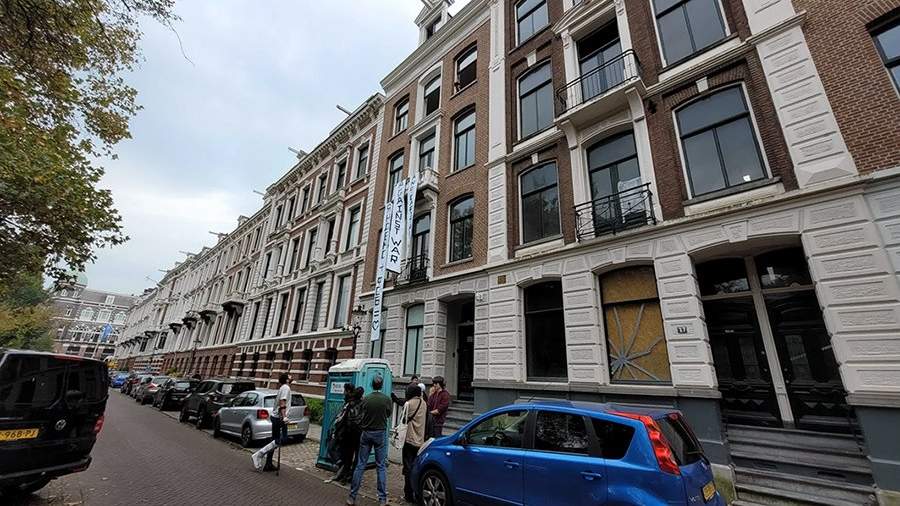 Financial organisations offer different formats. Mortgages in the Netherlands for foreigners include annuity and linear schemes. The first one implies fixed monthly payments, the second one – the amount decreases every year.
Financial organisations offer different formats. Mortgages in the Netherlands for foreigners include annuity and linear schemes. The first one implies fixed monthly payments, the second one – the amount decreases every year.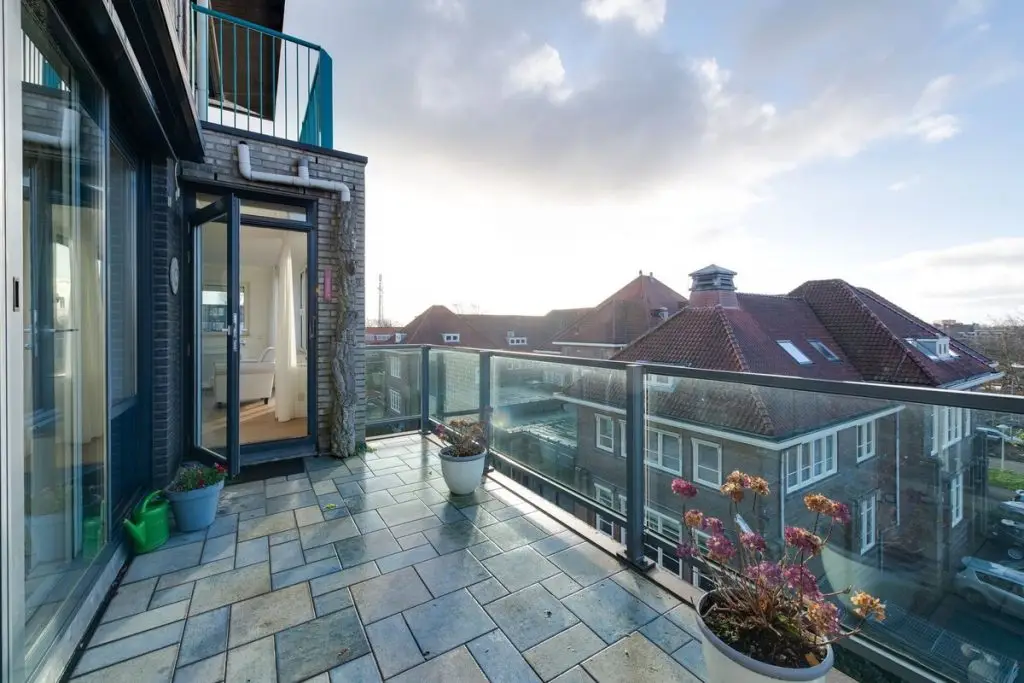 A mortgage in the Netherlands for foreigners offers access to a stable market with transparent regulation and clear logic. Low interest rates, flexible repayment schemes and respect for non-residents make the process of buying a home a sound investment. The main thing is to clearly formulate the goal, calculate the possible load and approach the choice not as a purchase, but as a project with a long-term result.
A mortgage in the Netherlands for foreigners offers access to a stable market with transparent regulation and clear logic. Low interest rates, flexible repayment schemes and respect for non-residents make the process of buying a home a sound investment. The main thing is to clearly formulate the goal, calculate the possible load and approach the choice not as a purchase, but as a project with a long-term result.
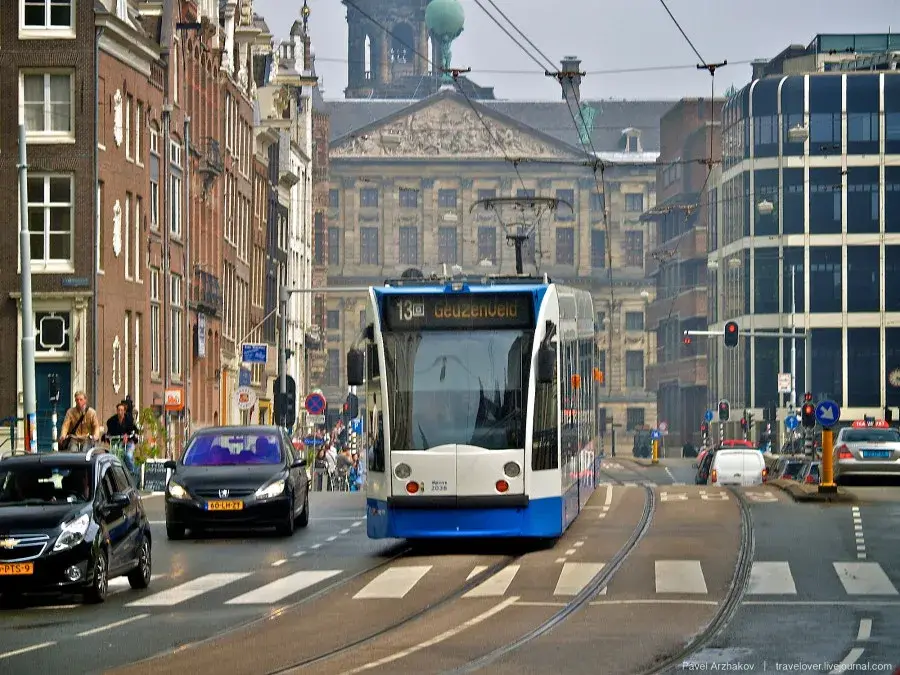 Transport costs in the Netherlands have a significant impact on the overall budget of how much it costs to live in the country for a month. This is a country with a developed infrastructure, where travelling is an integral part of everyday life. Bicycles and public transport serve as the main means, while motorised traffic also has its own peculiarities and costs.
Transport costs in the Netherlands have a significant impact on the overall budget of how much it costs to live in the country for a month. This is a country with a developed infrastructure, where travelling is an integral part of everyday life. Bicycles and public transport serve as the main means, while motorised traffic also has its own peculiarities and costs.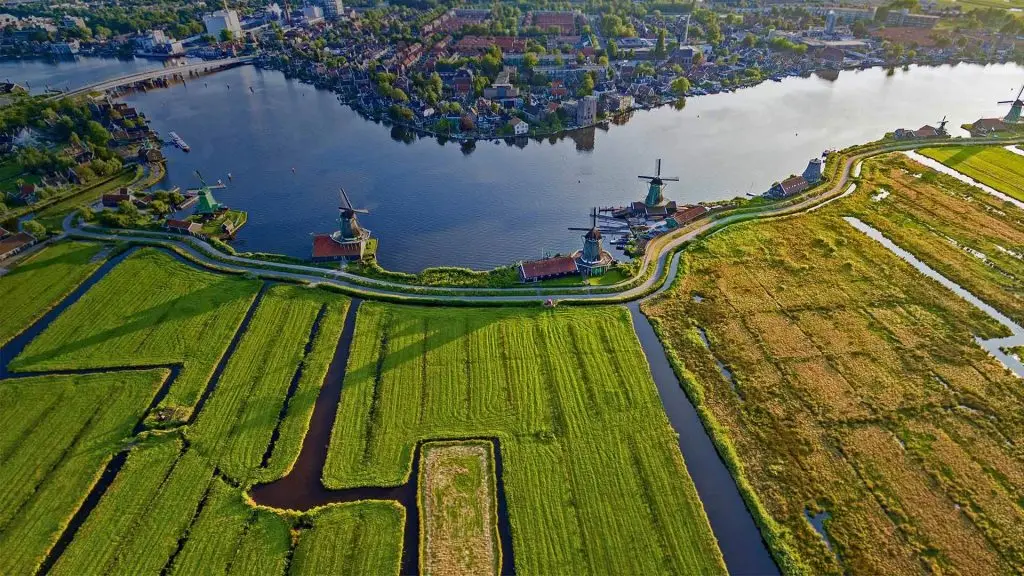 How much does it cost to live in the Netherlands for a month? The figure is above the European average, but in return for these costs, residents receive exceptional social services, security and career prospects. The cities of Amsterdam, Rotterdam and Utrecht offer the conditions for successful adaptation and comfortable living, making the Netherlands an attractive country for immigration in 2025.
How much does it cost to live in the Netherlands for a month? The figure is above the European average, but in return for these costs, residents receive exceptional social services, security and career prospects. The cities of Amsterdam, Rotterdam and Utrecht offer the conditions for successful adaptation and comfortable living, making the Netherlands an attractive country for immigration in 2025.
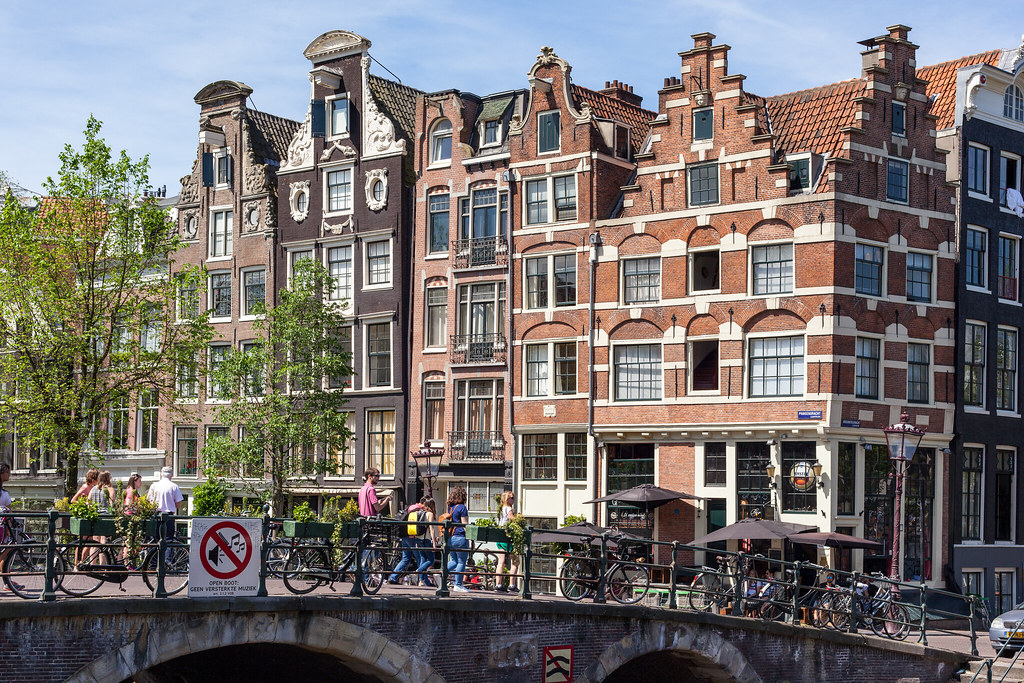 Jordaan combines old architecture, cosy streets and modern restaurants. The average cost of housing is around 2000 euros for a small flat. It is one of the most prestigious neighbourhoods. Many artists, designers and entrepreneurs choose it after thinking about where to live in Amsterdam.
Jordaan combines old architecture, cosy streets and modern restaurants. The average cost of housing is around 2000 euros for a small flat. It is one of the most prestigious neighbourhoods. Many artists, designers and entrepreneurs choose it after thinking about where to live in Amsterdam.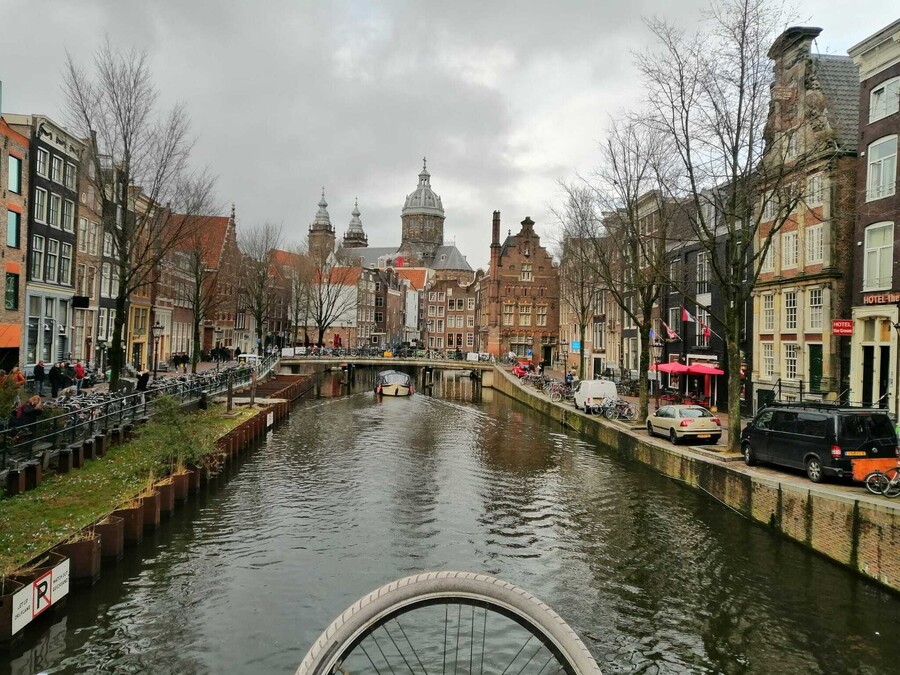 The best neighbourhood to live in Amsterdam depends on your budget, lifestyle and personal preferences. For those who love the hustle and bustle of the city, the Centre and De Pijp are ideal. Those looking for tranquillity and spacious flats should consider Amsterdam-Noord or Westerpark. For those who want to live in an upmarket neighbourhood with modern amenities, Overhoeks and Jordaan are ideal.
The best neighbourhood to live in Amsterdam depends on your budget, lifestyle and personal preferences. For those who love the hustle and bustle of the city, the Centre and De Pijp are ideal. Those looking for tranquillity and spacious flats should consider Amsterdam-Noord or Westerpark. For those who want to live in an upmarket neighbourhood with modern amenities, Overhoeks and Jordaan are ideal.
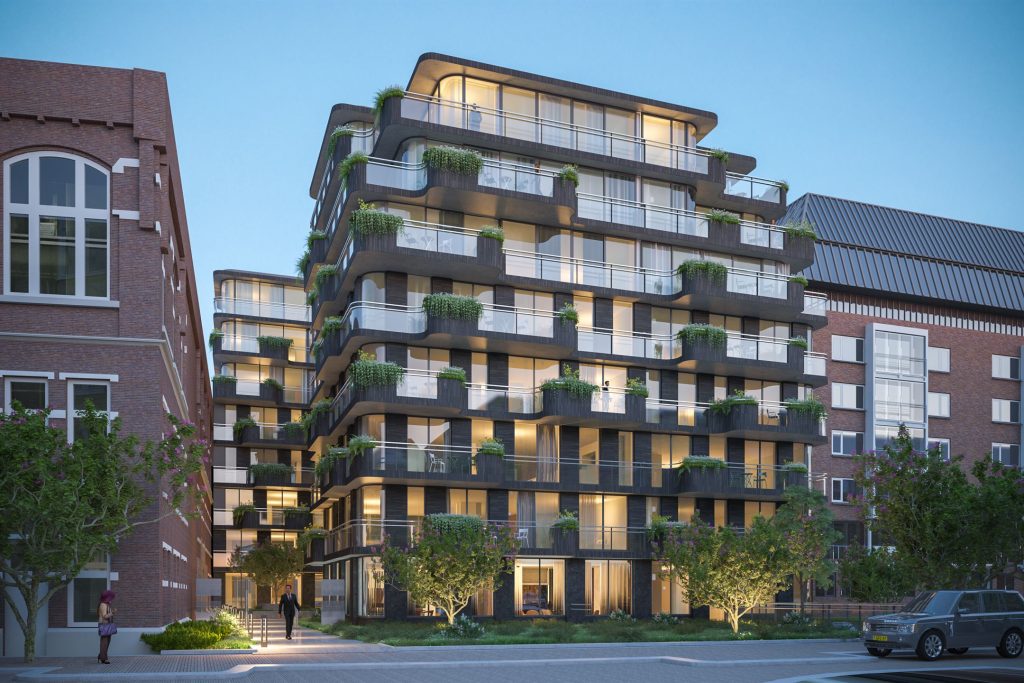 To consider how affordable this city is to live in, it is important to understand the major cost categories.
To consider how affordable this city is to live in, it is important to understand the major cost categories.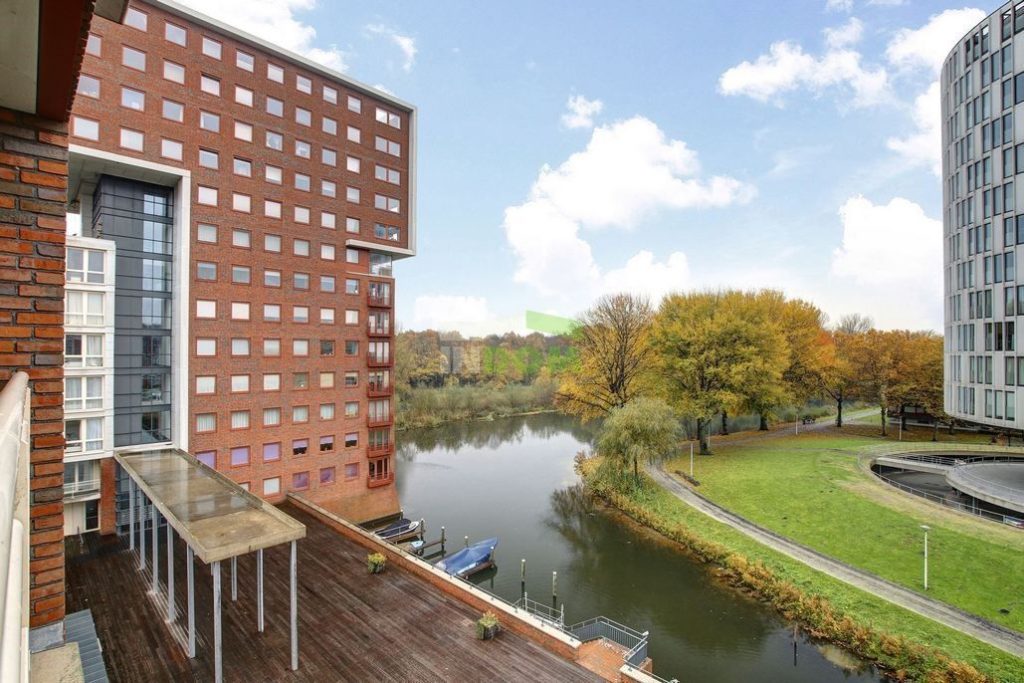 The cost of living in Amsterdam remains high, but the benefits of the city outweigh the costs. For those looking for career opportunities, a high level of comfort and cultural diversity, moving to the Dutch capital is an excellent choice.
The cost of living in Amsterdam remains high, but the benefits of the city outweigh the costs. For those looking for career opportunities, a high level of comfort and cultural diversity, moving to the Dutch capital is an excellent choice.
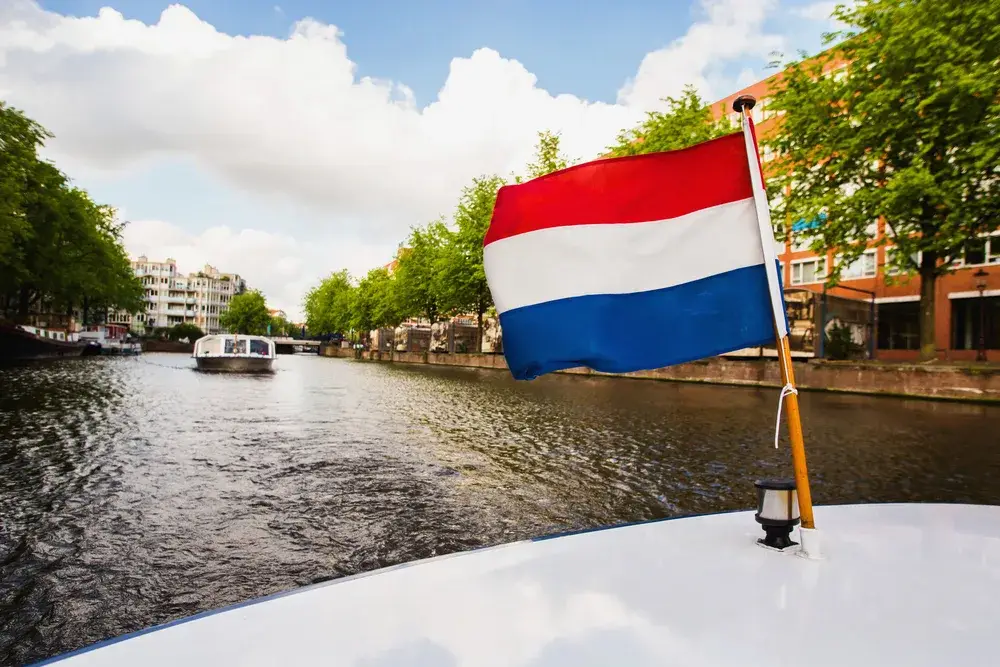 Het pad omvat verschillende belangrijke fasen die moeten worden doorlopen om voet aan de grond te krijgen in het land en vervolgens een volwaardig burger te worden. Laten we eens kijken naar een gedetailleerd vijfstappenplan dat je zal helpen deze procedure succesvol te doorlopen.
Het pad omvat verschillende belangrijke fasen die moeten worden doorlopen om voet aan de grond te krijgen in het land en vervolgens een volwaardig burger te worden. Laten we eens kijken naar een gedetailleerd vijfstappenplan dat je zal helpen deze procedure succesvol te doorlopen. Om naar Nederland te verhuizen en een permanent verblijf in het land te krijgen, moet je een proces in meerdere fasen doorlopen dat zorgvuldigheid en voorbereiding vereist. Het begint met het kiezen van het juiste visum en de juiste documentatie, vervolgens het afsluiten van een arbeidscontract en de integratie in de Nederlandse samenleving. Zo kun je deze weg afleggen en alle voordelen ontdekken van het leven in dit prachtige Koninkrijk.
Om naar Nederland te verhuizen en een permanent verblijf in het land te krijgen, moet je een proces in meerdere fasen doorlopen dat zorgvuldigheid en voorbereiding vereist. Het begint met het kiezen van het juiste visum en de juiste documentatie, vervolgens het afsluiten van een arbeidscontract en de integratie in de Nederlandse samenleving. Zo kun je deze weg afleggen en alle voordelen ontdekken van het leven in dit prachtige Koninkrijk.
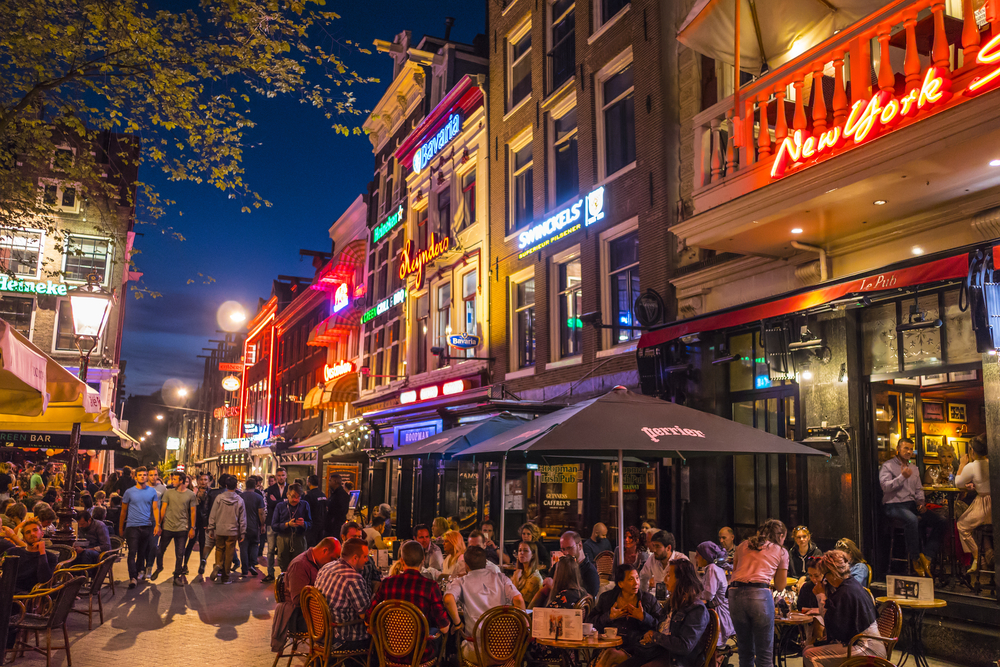 Living in Amsterdam has its advantages and disadvantages. Knowing all the nuances will help you prepare for your move and make life in the new city comfortable and predictable.
Living in Amsterdam has its advantages and disadvantages. Knowing all the nuances will help you prepare for your move and make life in the new city comfortable and predictable. The pros of living in Amsterdam for Russians are clear: high standard of living, developed infrastructure, business opportunities and an open society. The city combines European traditions and modern technology, creating ideal conditions for living and working.
The pros of living in Amsterdam for Russians are clear: high standard of living, developed infrastructure, business opportunities and an open society. The city combines European traditions and modern technology, creating ideal conditions for living and working.
 What makes life in the Netherlands attractive for Russian emigrants? A high standard of living, a stable economy and an advanced social system attract thousands of immigrants every year.
What makes life in the Netherlands attractive for Russian emigrants? A high standard of living, a stable economy and an advanced social system attract thousands of immigrants every year.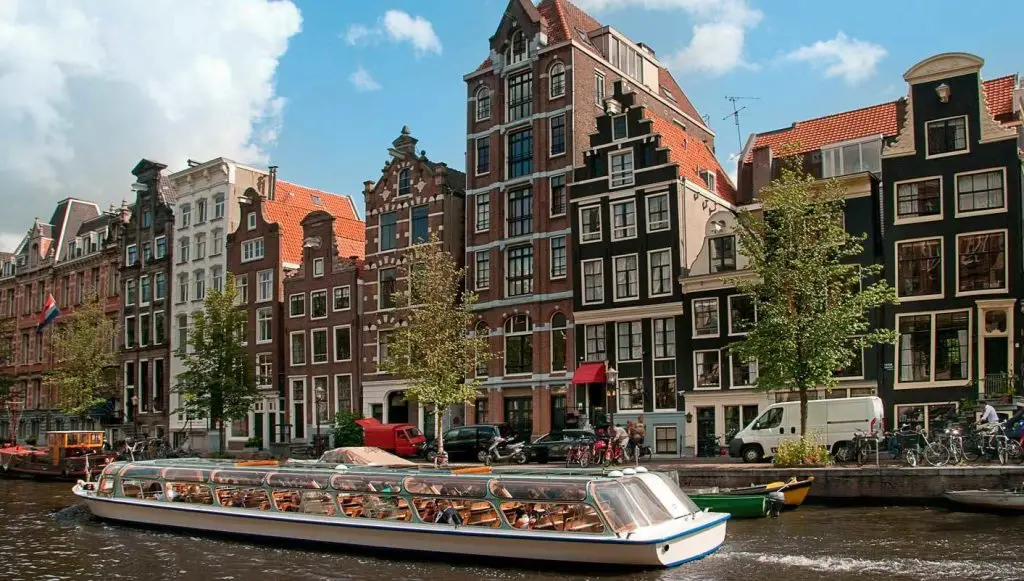 Life in the Netherlands combines a high level of comfort with the difficulties of adaptation. High prices, bureaucracy and climatic peculiarities can be a challenge for new emigrants. However, social security, stable economy, quality education and developed infrastructure compensate for these difficulties.
Life in the Netherlands combines a high level of comfort with the difficulties of adaptation. High prices, bureaucracy and climatic peculiarities can be a challenge for new emigrants. However, social security, stable economy, quality education and developed infrastructure compensate for these difficulties.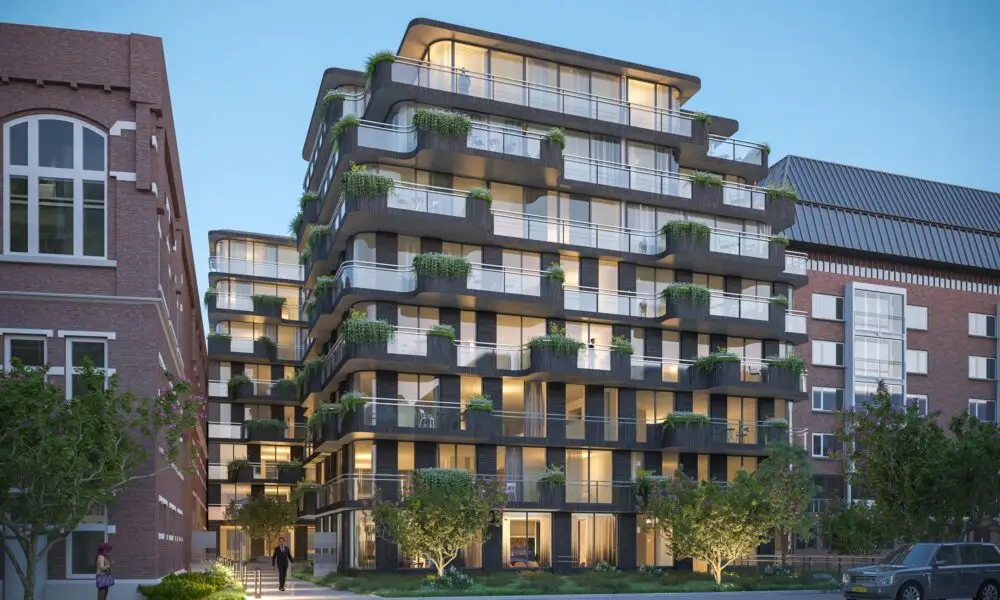
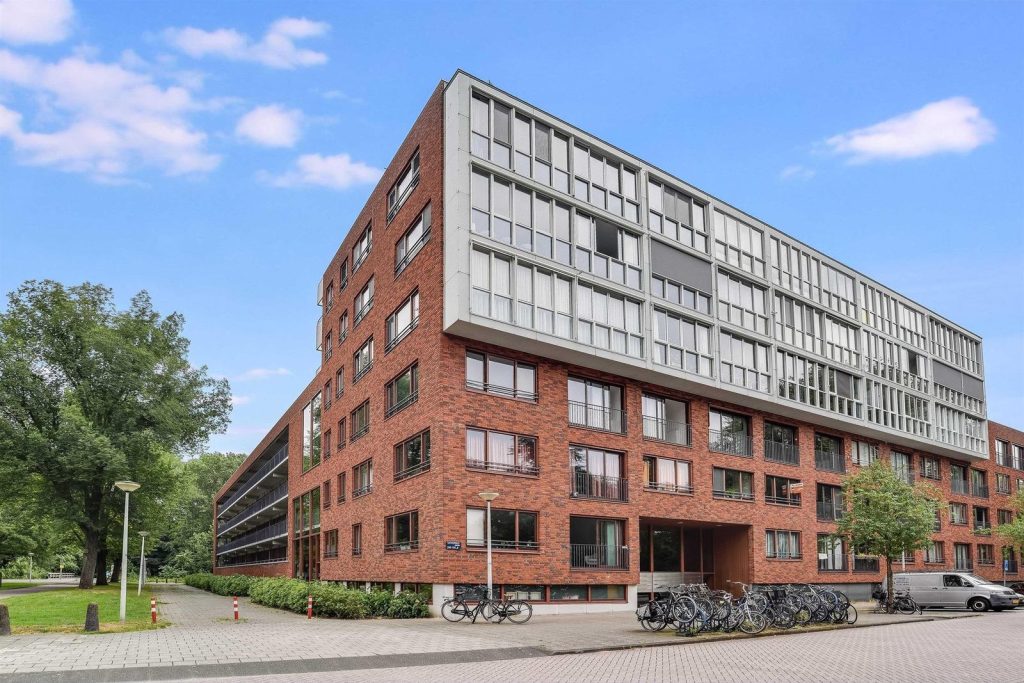 Buying property with a mortgage is a real possibility for Russians, but it is important to take into account several important points. Firstly, banks in the Netherlands for foreign buyers can offer a loan of up to 80% of the value of the flat. The interest rate for non-residents, as a rule, will be higher: from 3 to 5% depending on financial data and credit history.
Buying property with a mortgage is a real possibility for Russians, but it is important to take into account several important points. Firstly, banks in the Netherlands for foreign buyers can offer a loan of up to 80% of the value of the flat. The interest rate for non-residents, as a rule, will be higher: from 3 to 5% depending on financial data and credit history.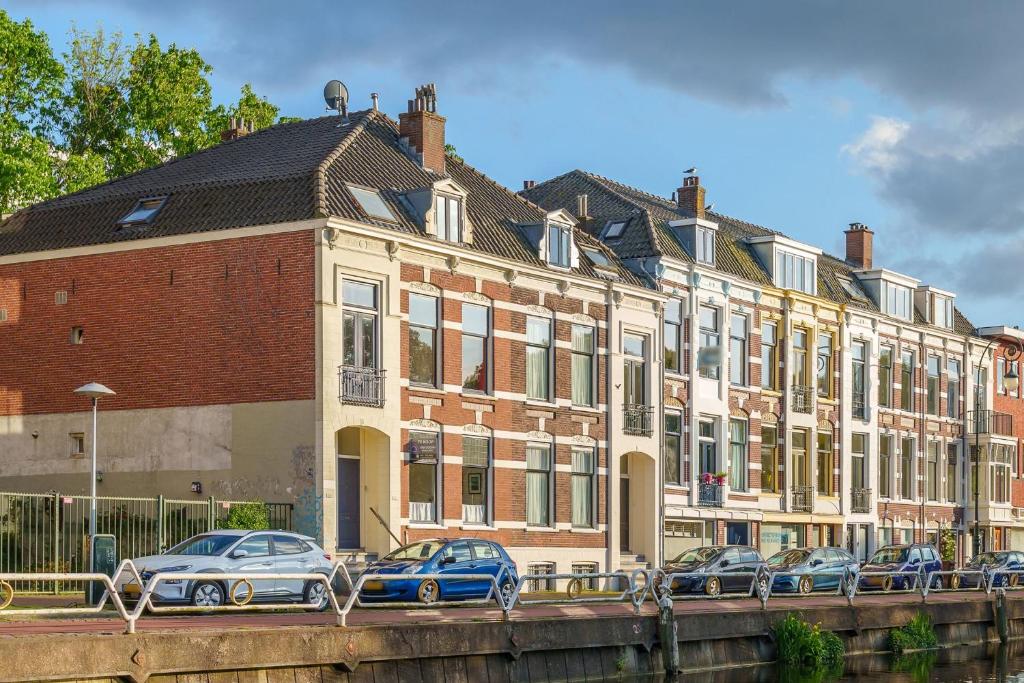 How to buy a flat in the Netherlands? The process is certainly not easy, but with the right preparation and a competent approach, it is quite feasible for Russians. The main thing is to choose the region carefully, assess all the financial and legal aspects, and work with reliable partners at every stage of the transaction. Do not forget to also take into account all taxes, mortgage costs and paperwork, so that the investment in property in the Netherlands will bring long-term benefits.
How to buy a flat in the Netherlands? The process is certainly not easy, but with the right preparation and a competent approach, it is quite feasible for Russians. The main thing is to choose the region carefully, assess all the financial and legal aspects, and work with reliable partners at every stage of the transaction. Do not forget to also take into account all taxes, mortgage costs and paperwork, so that the investment in property in the Netherlands will bring long-term benefits.